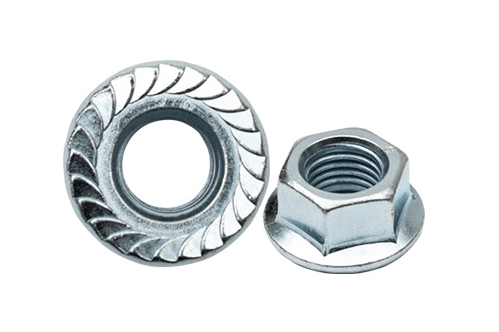Crafting the Optimal Structure for a Family Trust: A Comprehensive Guide
A family trust is a powerful tool for wealth management and asset protection, providing a secure and efficient way to pass on assets to future generations. However, determining the best structure for a family trust can be a complex task. In this article, we will explore the various factors to consider when designing a family trust structure that aligns with your specific needs and goals.
- Understanding the Purpose of a Family Trust:
Before delving into the structure, it is crucial to comprehend the primary objectives of a family trust. These may include asset protection, tax optimization, succession planning, and maintaining family harmony. By identifying your goals, you can tailor the trust structure accordingly. - Selecting the Trustee:
The choice of trustee is pivotal in ensuring the smooth functioning of a family trust. While appointing a family member may seem appealing, it is essential to evaluate their financial acumen, integrity, and ability to make impartial decisions. Alternatively, professional trustees can provide expertise and impartiality, ensuring the trust's longevity. - Determining the Beneficiaries:
Identifying the beneficiaries and their respective entitlements is a crucial step in structuring a family trust. Considerations such as age, financial responsibility, and potential conflicts should be taken into account. Additionally, incorporating flexibility to accommodate future beneficiaries can help adapt the trust to changing family dynamics. - Asset Protection Strategies:
To safeguard the trust's assets, implementing robust asset protection strategies is imperative. This may involve segregating assets into separate trusts, utilizing discretionary distributions, or incorporating protective clauses to shield against potential creditors or legal disputes. - Tax Considerations:
Efficient tax planning is a vital aspect of any family trust structure. Understanding the tax implications of different structures and jurisdictions can help minimize tax liabilities. Utilizing strategies such as gifting, income splitting, and utilizing tax-efficient investment vehicles can optimize tax efficiency within the trust. - Incorporating Succession Planning:
A well-designed family trust structure should address the seamless transfer of assets across generations. Introducing mechanisms such as appointment and removal powers, trustee succession plans, and clear guidelines for the distribution of assets can ensure a smooth transition while preserving family values. - Regular Review and Adaptation:
A family trust structure should not be considered a one-time endeavor. Regular review and adaptation are essential to ensure the trust remains aligned with changing laws, family circumstances, and financial goals. Engaging professional advisors to conduct periodic reviews can help identify potential gaps and opportunities for improvement.
Conclusion:
Crafting the optimal structure for a family trust requires careful consideration of various factors, including the trust's purpose, trustee selection, beneficiary entitlements, asset protection strategies, tax considerations, succession planning, and regular review. By customizing the structure to meet your specific needs, you can establish a robust and effective family trust that provides long-term benefits for generations to come.





